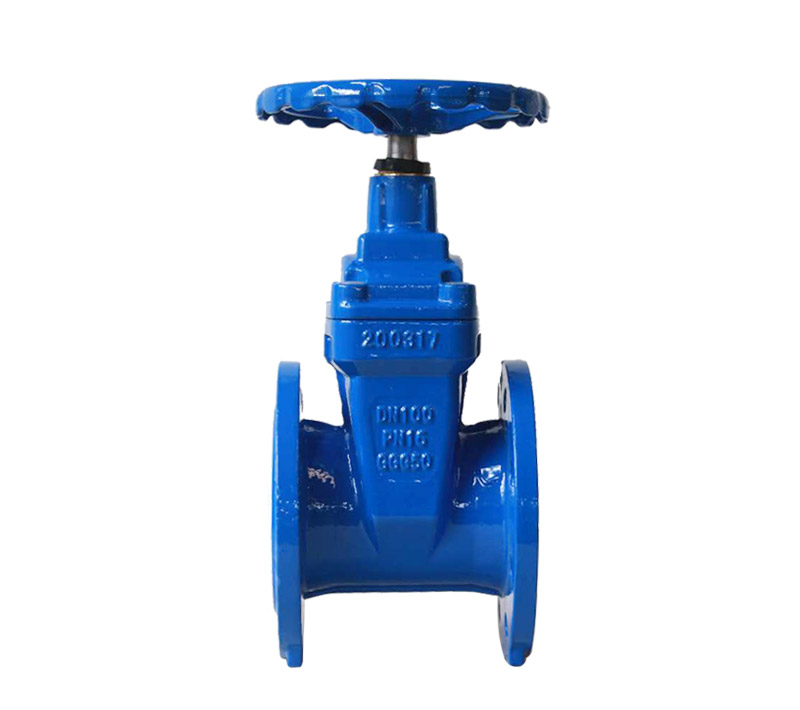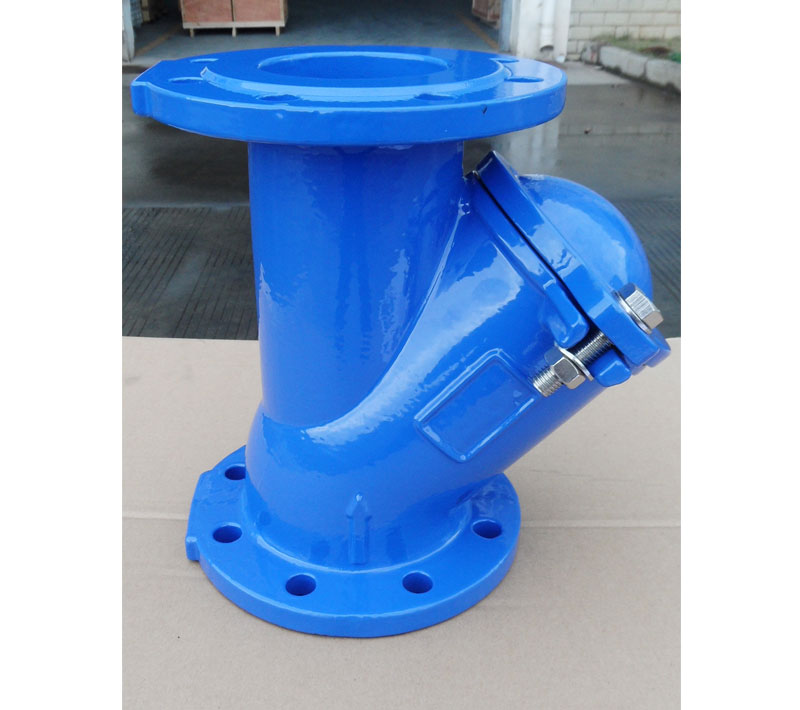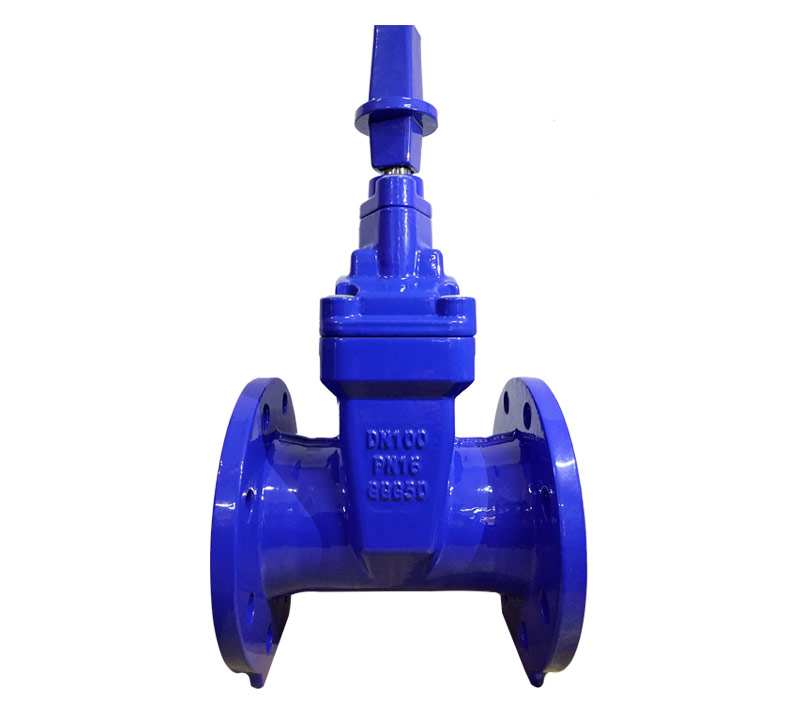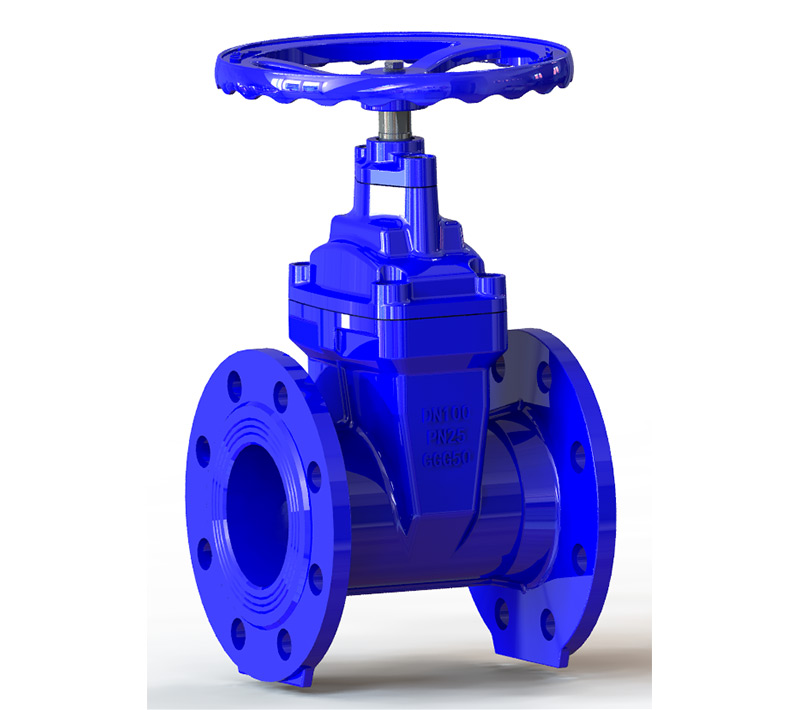description
What is a non-rising stem gate valve?
Non-rising stem gate valve is one type of gate valve with flexible wedge as its on-off disc, which moving direction is perpendicular with flow. Non-Rising Stem means outside stem, also referred to as the rotary stem gate valve or blind stem wedge gate valve. In an NRS valve, the stem will turn to open and close the gate, but the stem does not move up or down as it turns. Gate valve can be only full open or full close. They are widely used in series of industries, especially in water supply projects, public works, water treatment plant, fire fighting, etc. Prosper Flow can manufacture resilient seated gate valve according to the standard of DIN3202 F4/F5/BS5163 with sizes of 2″~32″ (DN50~800mm).
1. FEATURES
· Full bore design
· Self cleaning & low pressure loss
· Rolled stem ensure smooth thread edges and double thread
· Low operating torque
· Good and clear body marking (Castings are from the same foundry with AVK Valve and Spain TALIS)
· Online replaceable under full pressure with valve fully opened; Three o-rings protects upper stem from impurities entering from the water way
· Every valve be 100% tested and qualified before packing and delivery
2. STANDARD
· Design & manufacturing: EN1171/1074/DIN3202-F4/ F5/BS5163
· Face to face: EN558-1 series 3,14,15
· Flanged ends: ISO7005-2, EN1092-2, DIN2501 PN10/PN16
· Inspection & testing: EN12266-1
3. TECHNICAL SPECIFICATION
· Working pressure: PN10 / PN16 Bar
· Size: 2″~32″ (DN50~800mm)
· Materials: cast iron, ductile iron
· Epoxy resin thickness: ≥250micron
· Applicable temperature: 0℃~+80℃
· Available with handwheel/square cap/gearbox/ electric actuator
What is the Difference between Rising Stem Gate Valve and Non-rising Stem Gate Valve?
We may not be particularly familiar with the rising stem gate valve and non-rising stem gate valve. There is a fundamental difference between them...
There are mainly two types of gate valves in the market – the rising stem gate valve and non-rising stem gate valve. Maybe you are now in a dilemma and don’t know how to make a choice. This article aims at telling you the difference between these two kinds of gate valves, and what the advantages of one over the other are. Hope it will do you some favor. Rising stem gate valves are usually made from cast or forged steel while non rising stem gate valves are more typically brass, bronze or cast iron. Non rising stem valves take up less space and rising stem valves require more space. In the rising stem gate valve, the round handle rotates a threaded shaft which is attached to its center. Turning the handle will cause the stem to rise as it opens the valve and descend as it closes the valve. With a rising stem gate valve it is easy to tell if the valve is open or closed by looking at the amount of stem that is exposed. If the handle is flush with the pipe (no exposed stem), the valve is closed. If a lot of stem is exposed, the valve is open. This simple system has a couple of disadvantages which can be avoided compared with another type of gate valve: the non-rising stem gate valve. As for the non-rising stem gate valve, it is usually suitable for tight places where there is not enough room for the stem to raise, for example, places with underground pipes. The non-rising stem gate valve is fully open when the handle is rotated as far as possible to the left and fully closed when the handle is rotated as far as possible to the right. In both cases the handle is flush with the pipe because the mechanism inside the pipe opens and closes the valve without raising the stem. Another advantage to the non-rising stem gate valve is that it is easier to padlock. With the rising stem gate valve, two different size padlocks could be needed to lock the valve open and closed. With the non-rising gate valve one padlock is enough. But the disadvantage of a non rising stem valve is the fact that the screw threads that lift the gate are exposed to the fluid being controlled by the valve. This can cause problems if the fluid tends to foul the threads, so non rising stem valves are usually only used on clean liquids and gases.
4. Non-rising stem gate valve‘s application
· Water supply system
· Waste water, sludge, sewage treatment industry
· Irrigation system
· Real estate industry
· Mining, steel industry
· Metallurgy plant, power plant
· Textile, pharmaceutical industry
· Food, pharmaceutical industry





